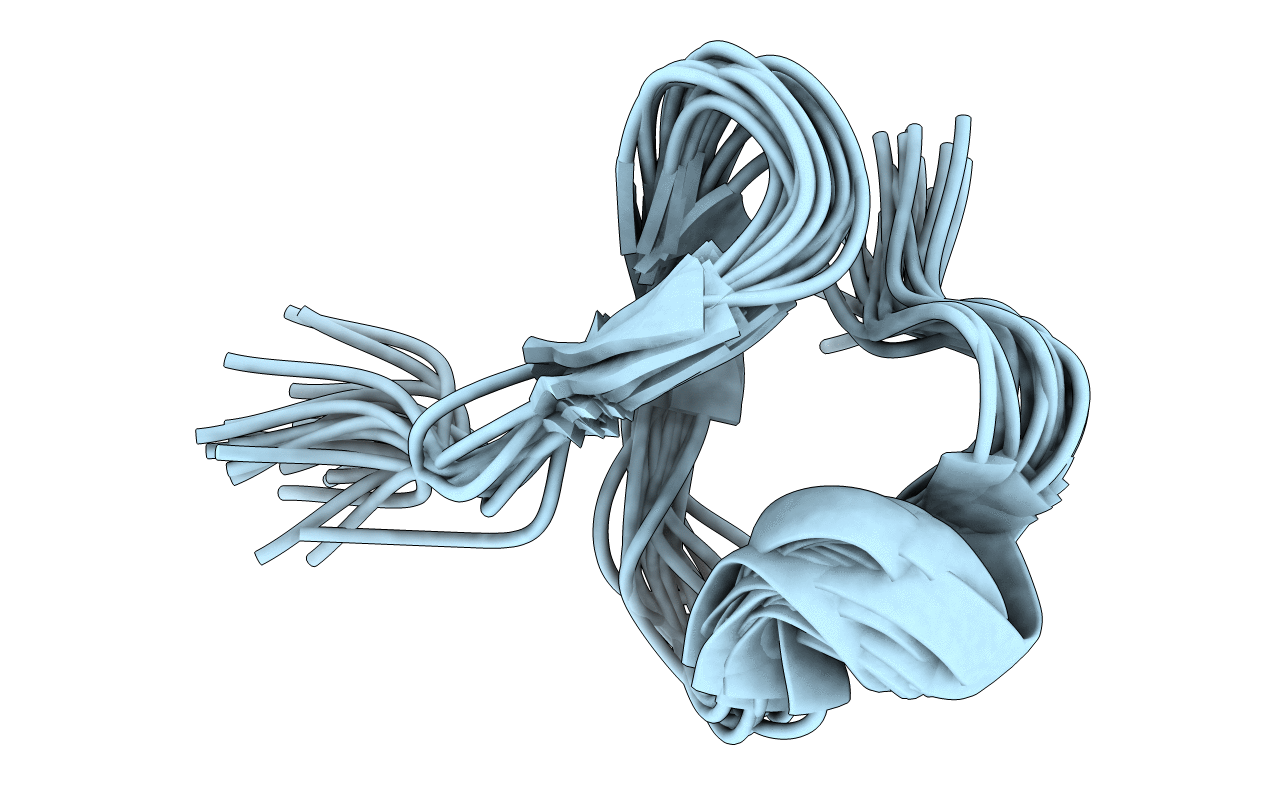
Deposition Date
2020-04-29
Release Date
2020-06-24
Last Version Date
2024-11-06
Method Details:
Experimental Method:
Conformers Calculated:
100
Conformers Submitted:
21
Selection Criteria:
structures with the lowest energy


